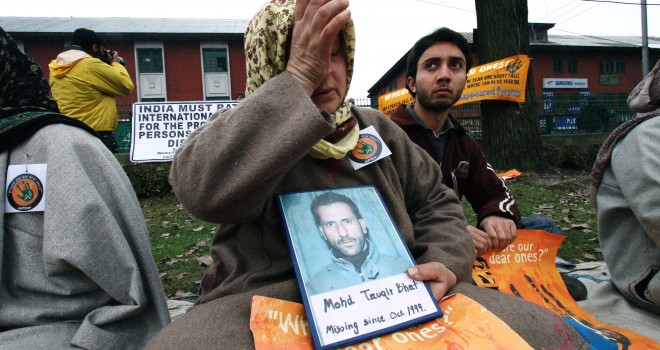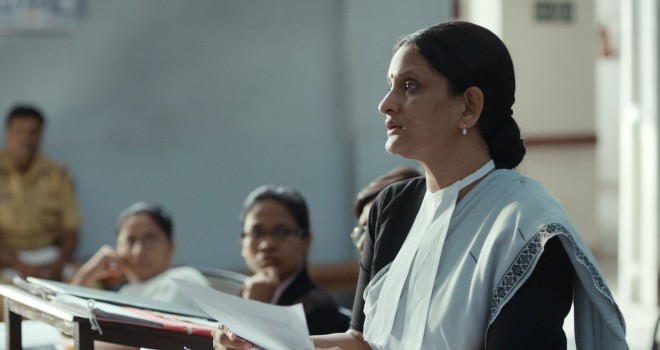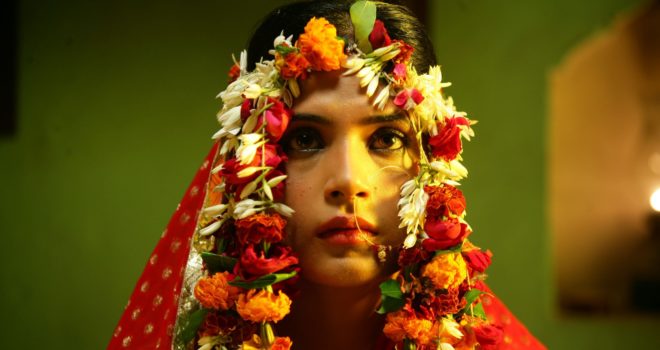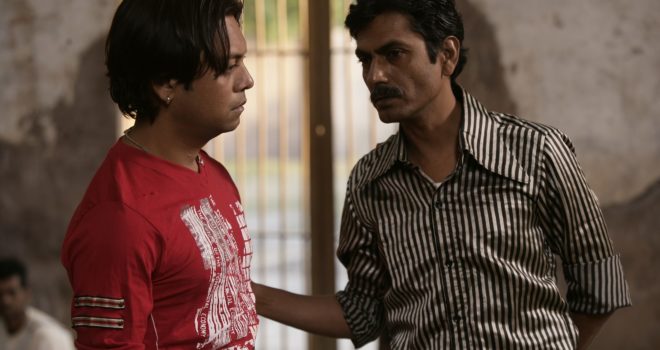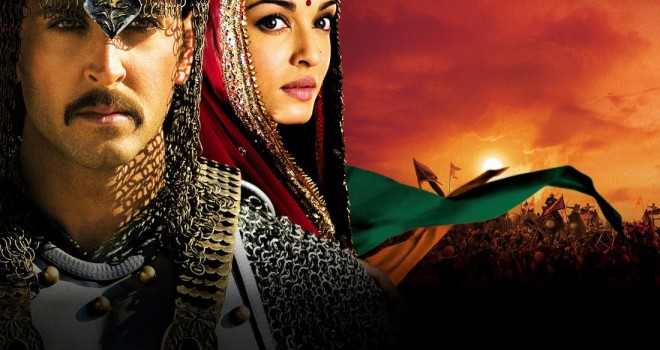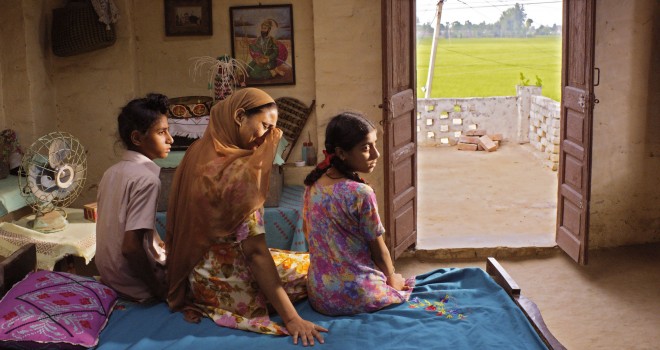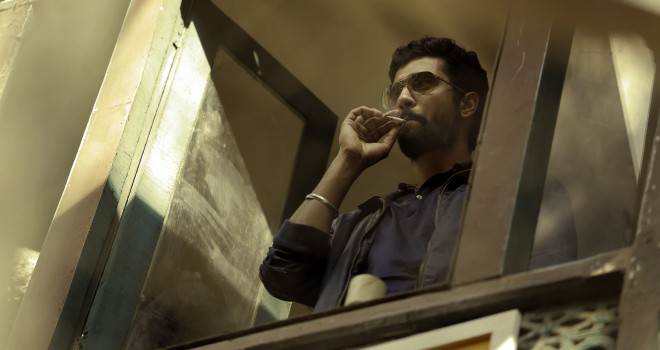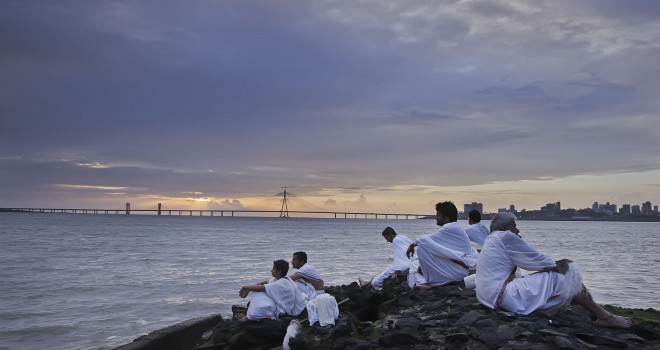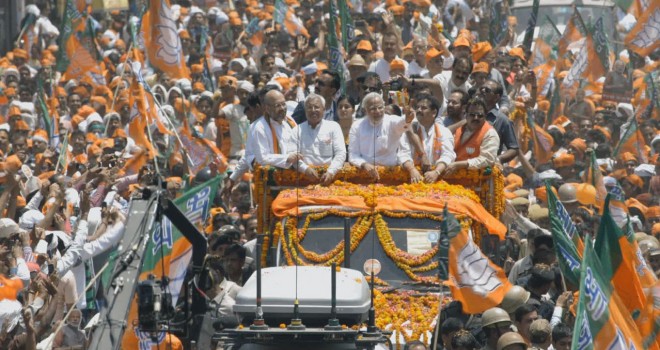Could a wind of renewal now be blowing over Indian cinema? This is indeed the impression that is gaining ground from year to year. Over the last decade, some major films have found a long-lost place in European festivals, even though their audiences are still sparse and their presence on our screens sporadic. It is doubtless a little premature to give reasons for this new momentum, but they cannot be dissociated from recent developments in the country as a whole.
As the world’s tenth largest economy, India now intends to play a leading role in the concert of globalisation and, over the last twenty years, has experienced a growth marked by the desire for multi-faceted and cross-sectoral forms of “progress”, be it urban, technological, industrial… or nuclear. In short, India is determined to become attractive and influence the course of world affairs, as shown by its greater opening-up to foreign investment. But what does this have to do with cinema? In fact, a closer look reveals the paradoxical situation of Indian cinema, as it is still the world’s largest film producer, averaging one thousand two hundred features a year. Bollywood, Mumbai’s powerful film industry, has become in the eyes of the world the synecdoche of Indian cinema insofar as it covers a complex and also widely diverse reality within the industry. Its ascendancy is also because the Hindi films produced in Mumbai are the only ones to be diffused at national level. The two hundred films released annually from the Bollywood studios quite regularly account for 40% of the domestic market. Yet, we should not forget the weight of the film industries in Bengal and southern Indian (Tamil, Telugu, Malayalam and Kannada), whose synergy stems from the overall vision of this large swathe of the sub-continent, which itself forms a dense space of cultural references. At the national scale and in terms of the place that cinema has acquired in India since independence, it would not be wrong to think that films play a dominant cultural role, cementing the imaginary of a whole nation. Like their predecessors, budding authors have assimilated this reality, but they are also the children of an India now engaged in a broader dialogue with the world. Over the past twenty years, the scope of their references – and thus of their aspirations – has been disrupted and influenced, as elsewhere, by the digital reality, as Vipin Vijay’ surprising film The Image Threads attests. Being of one’s time, and in tune with ongoing change, also means developing films in the India of today that are likely to find a greater resonance. The globalised festival landscape and the tightly intermeshed networks that single out emerging filmmakers now favour an outreach that extends beyond national audiences. As with China, our curiosity in greater India finds a precious source of experience in what its cinema is now proposing. And this upsurge of multiple scenes reveals the stimulating vitality and independence of its films.
This programme has no ambition other than to point up some of the films – from among the more recent signs of this evolution – that can help us to take the bearings of the phenomenon. As this is a movement with no conductor or federating watchword, mapping it is all the more difficult, but exciting. There is no specific genre or dominant trend – it is both popular and industrial, marginal and documentary. In this sense, its multi-faceted vitality may herald a groundswell of even stronger intensity. On the other hand, its diffuse outburst could be perceived as a weakness.
Jérôme Baron



